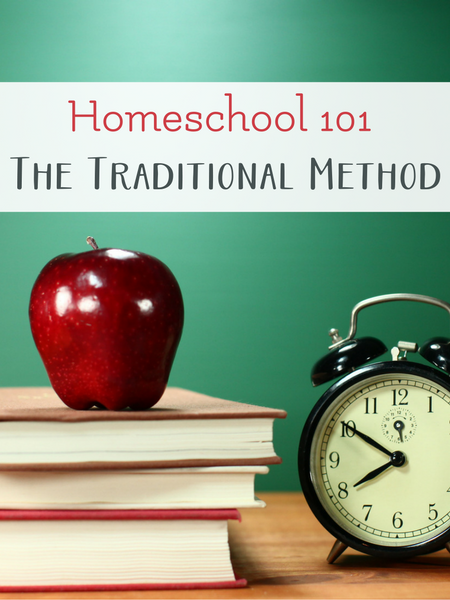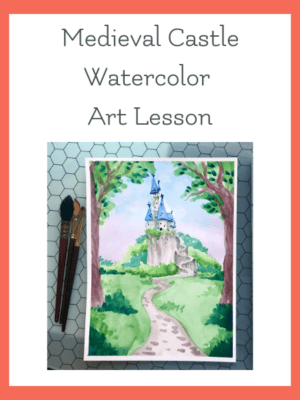
What is the Traditional Method of Homeschooling?
The Traditional Method is often associated a school room style of teaching. It is often the first method new homeschoolers lean toward due their familiarity with how they view education. Some eventually draw from different methods while others find this method quite effective for their family.
The traditional homeschool method is most effective for students who lean toward auditory and reading learning styles. A child who requires learning through hands-on methods or a visual learner will not do as well with this method.
Some special needs children who really thrive off structure will also do well with this method.
The hallmarks of traditional homeschooling include:
- Textbooks and workbooks as the primary tool for education.
- The use of a rigorous scope and sequence as an educational guide.
- Consistent school routine.
- Daily schedule consisting of classes at particular timeframes.
- The use of teacher’s manuals.
- Boxed or complete curriculum which gives complete lesson plans, schedule, and includes all core subjects.
- Regular exams for all subjects.
- Traditional grading system.
- Traditional school year attendance with summers off.
- Good for college prep and encouraging fully independent learning.
- Students can work ahead without the parent needing to print or locate additional materials.
Curriculum for the Traditional Homeschool Method
Homeschoolers with children in multiple age groups often choose textbooks for each child based on traditional grade level rather than share subjects. The homeschool teacher feels the most comfortable conducting her homeschool like a classroom and functions like a classroom teacher.
This method does not need to replicate a classroom in every way. As with any method there is room for interpretation and personalization. However, if you are most comfortable with a predictable routine, assessing your child’s progress through a grading scale, and a boxed curriculum then you may want to explore using this method in your homeschool.
See all our Homeschool 101 posts here:








Leave a Reply